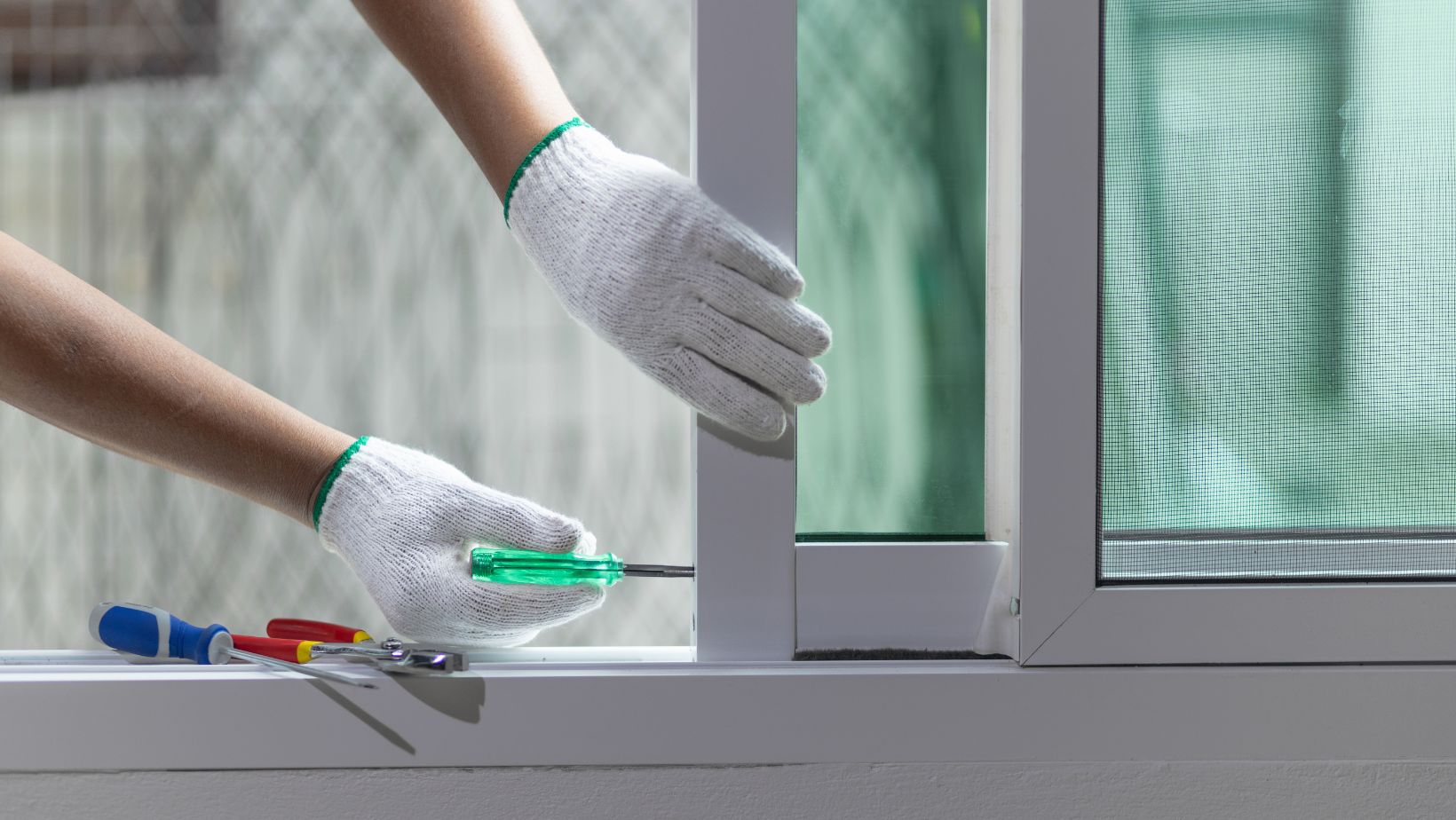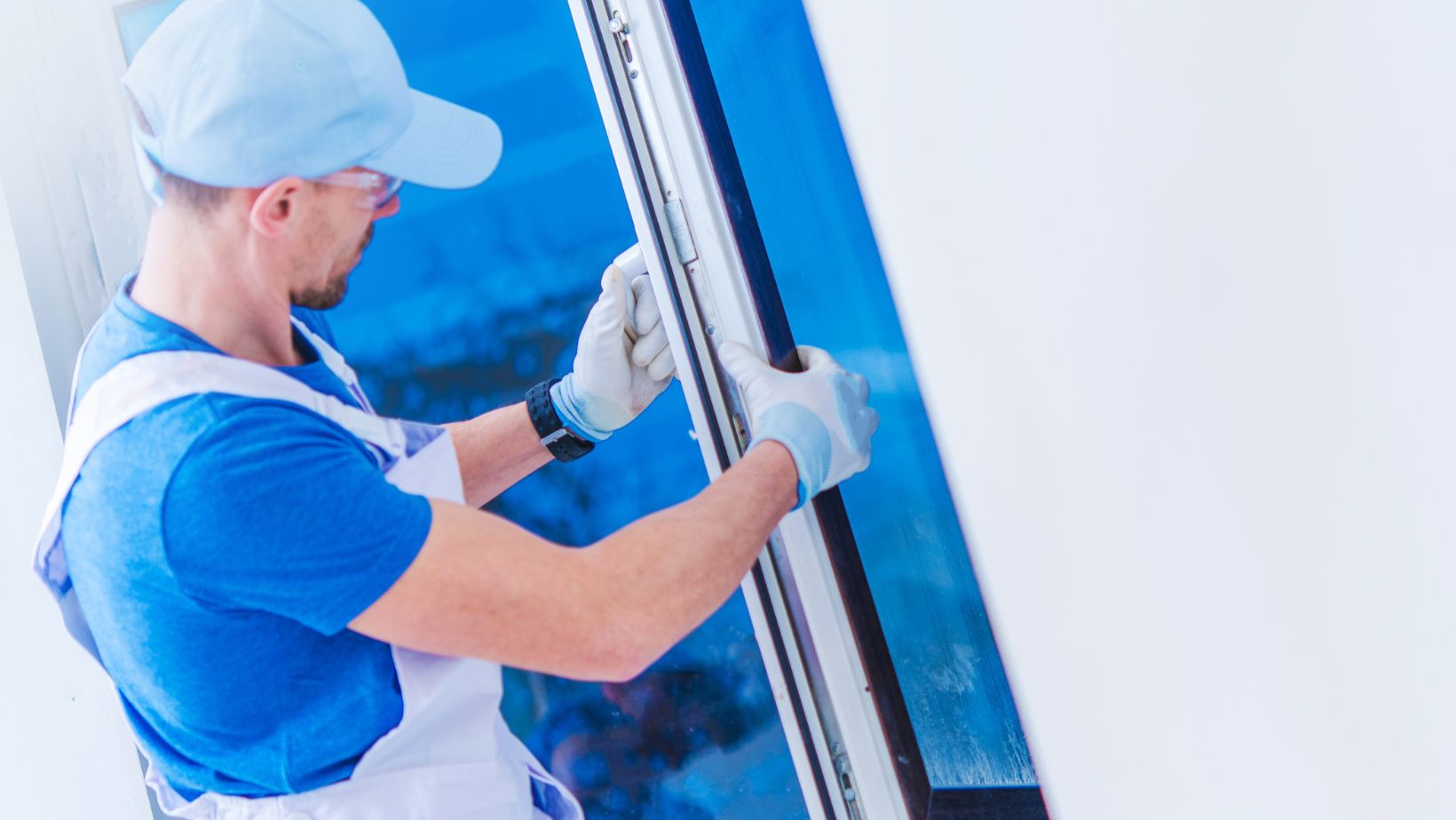Awning windows are a popular choice for homeowners seeking both functionality and style. They swing outward from the bottom, creating a canopy-like effect that provides ventilation even during light rain. At the heart of their performance are the hinges, often overlooked but essential awning window parts that ensure smooth operation and a tight seal. Over time, these components can wear out, leading to issues that affect comfort, energy efficiency, and even security. Recognizing the warning signs early can help you avoid costly repairs and maintain your home’s integrity.
Difficulty Opening or Closing the Window
One of the most obvious signs that your awning window hinges may need replacing is difficulty in opening or closing the window. This usually indicates that the hinges are worn out or have begun to corrode. Since these hinges are critical awning window parts, any stiffness or resistance should be taken seriously. Continued use despite the issue can strain other components and lead to further damage. If you’re forcing the window open or shut, it’s time to inspect those hinges closely.
Unusual Noises During Operation
A well-maintained awning window should operate quietly. If you start to notice creaking, grinding, or squeaking sounds while using your windows, the hinges are likely deteriorating.

These sounds are often caused by rust or debris buildup—common issues with aging awning window parts exposed to moisture. While a temporary fix like lubrication might mask the problem, it’s rarely a permanent solution. Replacing the hinges is usually the better long-term option.
Visible Rust or Corrosion on the Hinges
Hinges that are visibly rusted or corroded are a red flag. Awning windows are often installed in areas where they’re exposed to weather elements, especially in kitchens, bathrooms, or basements. Moisture can accelerate the breakdown of metal awning window parts, including hinges. Once corrosion sets in, it weakens the structure and reduces the hinge’s ability to support the window properly. Left unchecked, rust can also spread to adjacent hardware, compounding the problem.
Loose or Wobbly Window Movement
Your awning window should remain firm in any open position. If it feels loose, wobbly, or unsteady, your hinges may be failing. Weak or broken hinges not only compromise the functionality of your window but can also pose a safety risk, especially in high wind conditions. As these essential awning window parts wear down, they may no longer support the window’s weight effectively, leading to uneven movement or sagging.
Water Leakage Around the Frame
Water infiltration is a major concern when dealing with damaged window hinges. If the hinges don’t allow the window to close properly, even the smallest gap can let in rainwater. This issue can lead to mold growth, damage to the wall structure, and even compromise your home’s insulation. Because hinges are such important awning window parts, ensuring they’re in good condition helps maintain a proper seal and protect your home from water damage.
Reduced Energy Efficiency
Gaps caused by faulty hinges not only let in moisture but also allow conditioned air to escape and drafts to enter. This can lead to higher heating and cooling costs, especially in extreme temperatures. Damaged or worn hinges disrupt the window’s ability to close tightly, creating inefficiencies. Inspecting and replacing these critical awning window parts can restore the window’s performance and contribute to a more energy-efficient home.
Aged or Outdated Hardware
Even if your awning windows appear to be functioning well, aging hardware can be a silent culprit.

Hinges that are more than a decade old may be outdated or incompatible with modern energy-efficiency standards. By proactively replacing older awning window parts, including the hinges, you can upgrade to more durable and better-performing options. Modern materials resist corrosion more effectively and offer smoother operation, giving your windows a new lease on life.
Time to Upgrade? Keep an Eye on These Vital Window Components
If your awning windows are showing any of these signs, it might be time to upgrade your hinges. These small but mighty components are among the most critical awning window parts, and neglecting them can lead to a host of problems—from poor insulation to structural damage. Regular inspections, proper maintenance, and timely replacements are key to keeping your windows performing at their best.
Consider consulting with a window specialist who can assess the condition of your hinges and other awning window parts. They can recommend replacements that fit your window model and ensure professional installation for maximum effectiveness. Investing in quality parts today means fewer headaches—and better home comfort—tomorrow.

